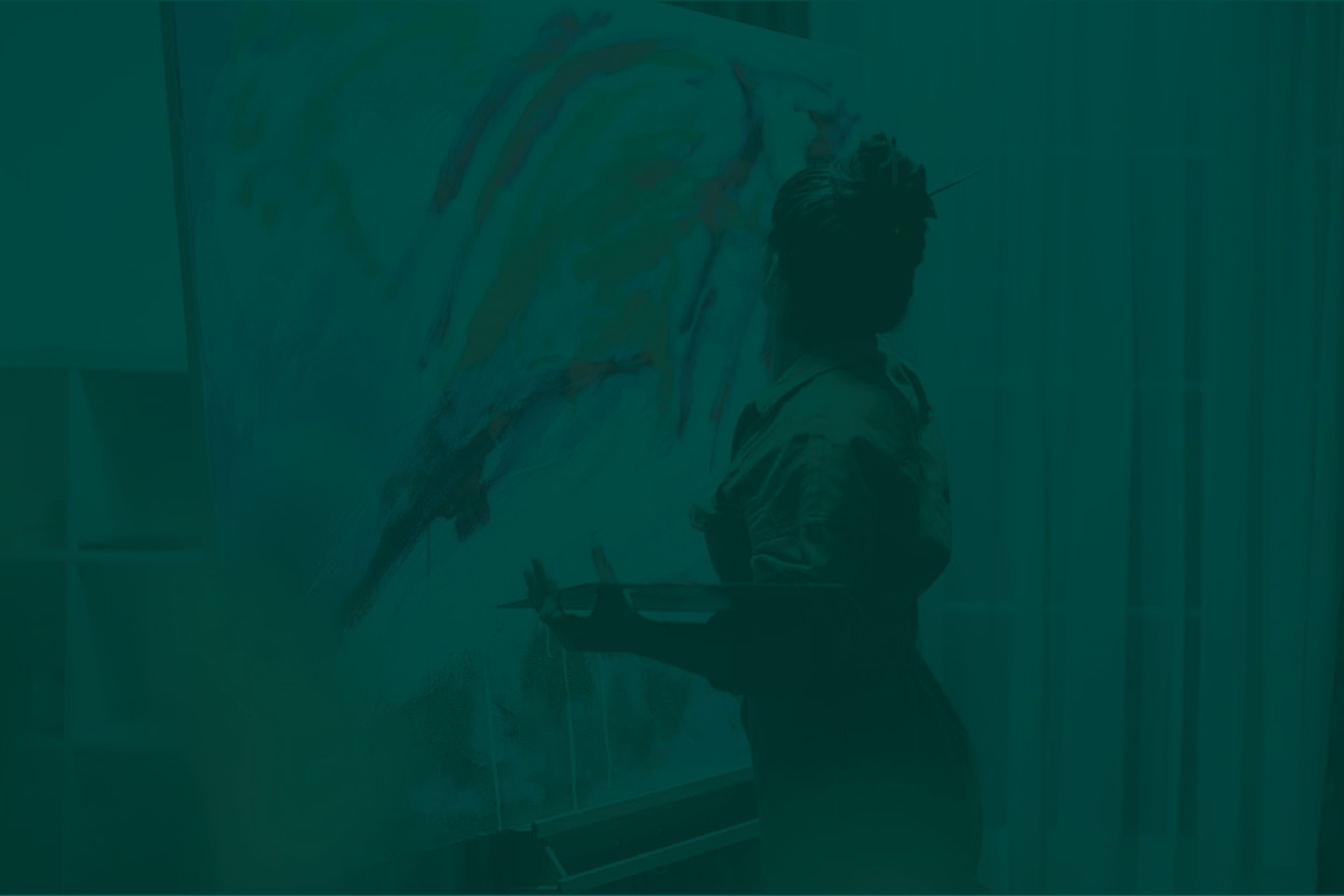Fatima Alsayed (falsayed@raeesandco.com) – Associate
As a creative, thoughts of creating and innovating something new pop in your mind almost every day. Such creations fall under the bubble of intellectual property (“IP”) which comprises of four major categories: patent, copyright, trademark, and trade secrets. To protect the innovators and creators, the Kingdom of Bahrain implemented several laws to give statutory protection to such expressions and to help promote creativity and innovation which contributes to the economic and social development of the Kingdom. In this article, we will focus on the copyright framework in Bahrain by first introducing the works that are protected under this scope before delving into the provisions that regulate it.
What are Copyrights?
The term ‘copyright’ describes the act of copying original work which, in the case of literary and artistic creations, may be done legally only by the author or with the author’s consent. To protect the work of the author, legislators have implemented provisions that prohibits others from illegally using such works. The principal law governing the copyright protection in Bahrain is Law No. (22) of 2006 with Respect to the Protection of Authors Rights and Attendant Rights Law (the “Copyright Law”), as amended by Bahrain Law No. (12) of 2008, Law No. (3) of 2011 and Law No. (5) of 2014. The Copyright Law protects only the form of expression of ideas and not the ideas themselves despite the choice of the medium of work. Furthermore, the works protected under the Law are literary, artistic and scientific works, more specifically the following:
- Books, brochures, articles, leaflets and any other written works;
- Computer softwares;
- Works that are delivered verbally (lectures, speeches,etc);
- Dramatic works (musicals, dances, pantomimes, and any other theatrical performances)
- Musical works;
- Audiovisual works (cinematographic and Television works);
- Painting Works;
- Artworks;
- Photographic works and similar works;
- Illustrations, geographical maps, designs, sketch and 3D works related to geography, topography, architecture or science; and
- Derivative works (a work based upon a pre-existing work or form of folkloric expressions).
What is not protected under the Copyright Law?
Any works outside the scope of application addressed above will not be protected under the Copyright Law. Article 4 of such law further demonstrates that any abstract ideas, procedures, methods of work, mathematical concepts, statutes, court judgments, arbitrator’s awards, ministerial resolutions and international agreements, and all official documents along with any official translations will not be copyright protected unless it is characterized by being creative in nature.
Author’s Protection
An author, under Article 1 of the Copyright Law, is defined as any natural person who has produced a work. The expression ‘authors protection’ refers to the creator of an artistic work, thus underlining that, as recognized in the law and upon registering the intellectual work, the author will be provided with rights that will protect both himself and his work. Chapter Three of the Copyright Law entails the author’s intangible and financial rights over his work.
Intangible Rights
Intangible rights allow authors to take certain actions to maintain and safeguard their work. Pursuant to Article 5 of the Copyright Law, the intangible rights an author will be provided are the following: (i) deciding on when to publish his work and the method of such publication; (ii) attribution of the work; (iii) keep his name anonymous; (iv) prevent any misrepresentation, distortion, or any of the alteration of his work that may prejudice his reputation; and (v) prohibiting the launch of his work for circulation.
Financial Rights
Financial rights give authors the right to gain profit from other people using their works. Article 6 of the same law states the financial rights of the author in a way that makes him decide how the work might be used, and how others can use it lawfully, in particular; (i) reproducing the work in various forms; (ii) translating the work, such as turning a novel into a screenplay; (iii) distributing copies of the work to the public or any other disposal that transfers ownership; (v) broadcasting or other communication of the work to the public; (vi) renting an original or a copy for commercial purposes; and (vii) public performance of the work.
The author’s financial rights will be protected during his lifetime and seventy years following the year of his death. However, audiovisual and collective works are protected for period of seventy years commencing from the following year of their first publication.
When is it permissible to use the author’s work without their permission?
Chapter Five in the Copyright Law entails provisions demonstrating the permissibility of reproducing the authors work without his consent. Article 19 of the Copyright Law provides that it is permissible to produce a single copy of a published work only for the purpose of personal use, such as copying a novel for educational purposes. However, it shall not be permissible to reproduce any architectural engineering works, or photocopying a written or a musical work in whole or in a substantial part nor reproducing databases in digital form or any computer software unless it is in pursuance to Article 26 of the Law, which provides a single copy of the software may be kept for use in case of the loss or damage of the original copy.
Concluding Remarks
Since the Copyright Law has come into force, it has created a safe space for inventors to create their works confidently without having the fear of anyone copying it, which in return, helped boost the economic and social development in Bahrain.
For more information, please contact us on info@raeesandco.com.

